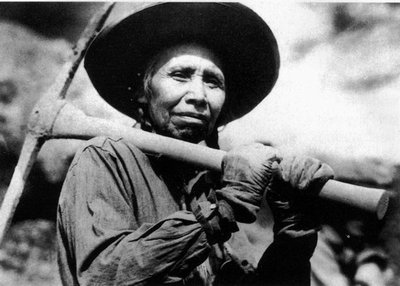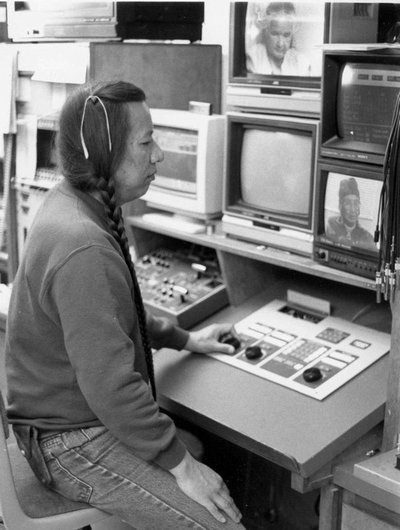November 5, 2009
Powerful documentary to be shown Nov. 6 at the Ethnic Cultural Center
The Place of the Falling Waters, a powerful documentary about the Salish and Kootenia tribal histories and the building of the Kerr hydropower dam on Montana’s Flathead Lake, will be shown at 6:30 p.m. Friday, Nov. 6, in the Ethnic Cultural Center.
The showing is timely because Kerr Dam will become the property of the Salish, Kootenai and Pend d’Oreilles tribes of the Flathead Nation in 2015, and they are currently wrestling with issues connected with the transition.
The film was made in 1990 and got a screening at the Sundance Film Festival in 1994. It was directed by Roy Bigcrane and Thompson Smith, who will be in attendance at the campus screening. Falling Waters was produced by Daniel Hart, UW professor of American Indian Studies and Luana Ross, UW associate professor of Women Studies.
The two are also faculty and co-directors of Native Voices: The Center for Indigenous Media at the UW, which they co-founded at Montana State University in 1987 and later moved to the UW. Ross is a member of the Confederated Salish and Kootenai tribes. Falling Waters is a co-production of Native Voices and Salish Kootenai College Media.
The film is a documentary history of the Flathead Indian Reservation from the perspective of its residents, and tells of the complex relationship between the tribes and the dam, which is on the reservation at a sacred site called KwaTaqNuk, or the “place of falling waters.”
“It chronicles the survival of a Native people,” said Hart. “And not just their struggle but it’s a chronicle of the successful struggle … of the Native American people of North America who have endured hundreds of years of genocidal campaigns
The documentary tells its story with interviews, newsreel footage and rare 19th century photographs. It is divided into three 30-minute parts: A history of tribal society — from before “first contact” until the present — and culture before the dam’s construction comes first; then the construction of the Kerr Dam in the 1930s and its impact on the reservation, and finally, the hopes and dilemmas of the Salish and Kootenai people as they prepare to take over control of the dam.
Hart said The Place of Falling Waters is also unique in that it reflects the views of the Native community itself, and includes “incredible history” from tribal elders, who have all since died. “Another aspect of the film that’s remarkable is that it’s a history that was organized around the dispossession of the tribes’ waters, and the tribes’ successful efforts to reclaim those waters,” Hart said.
He added, “Where the film leaves the viewer is understanding that the tribe now completely embraces its own future in terms of land and natural resources — and since we finished the film that has not changed.”
There is no charge for The Place of Falling Waters. And if you miss the Nov. 6 screening, the documentary is available at the UW Media Center.
The screening is being sponsored by the UW’s Integrative Graduate Education and Research Training program on Bioenergy, which creates partnerships between the University and tribes on regional energy issues, and by the UW American Indian Studies Department and the Office of Minority Affairs.




